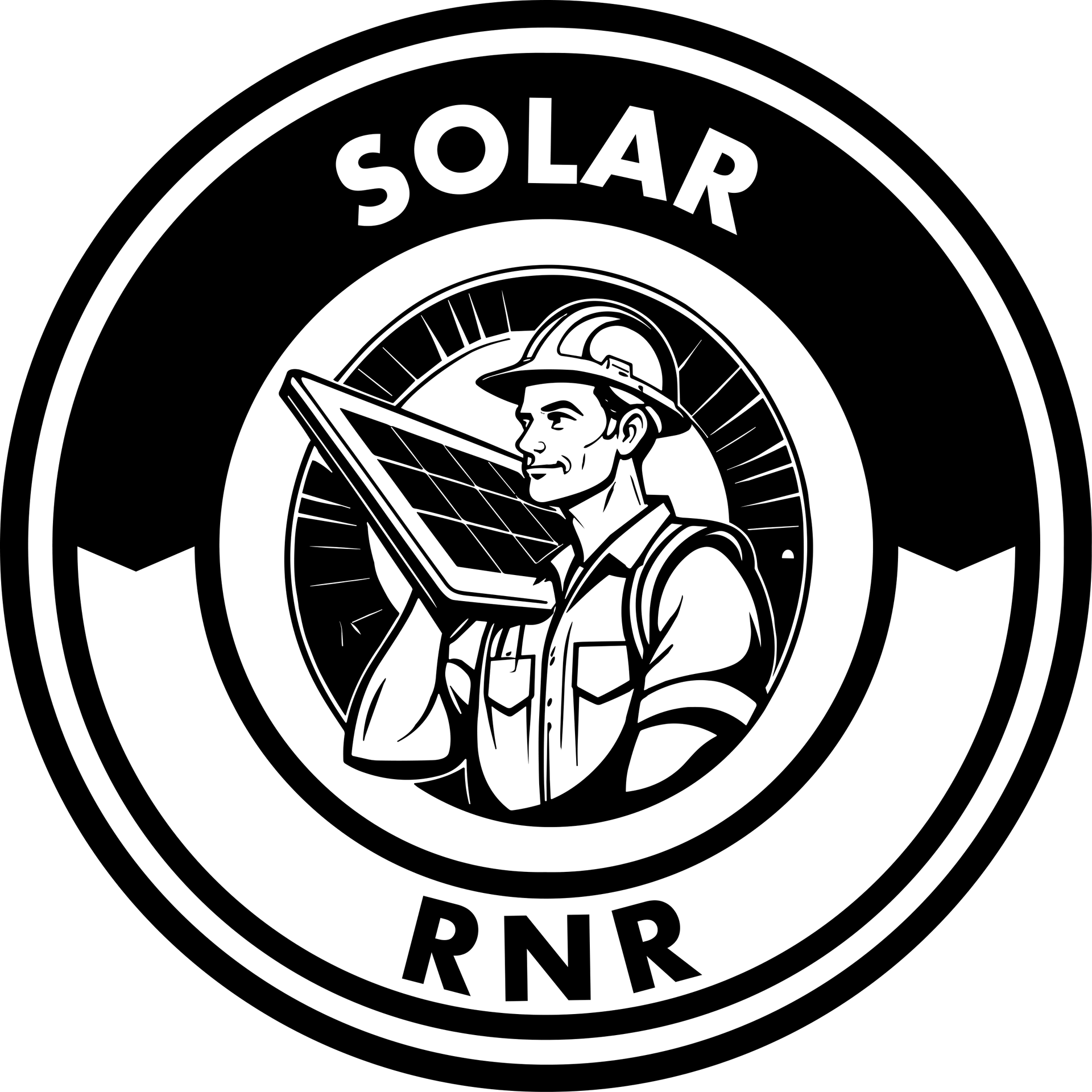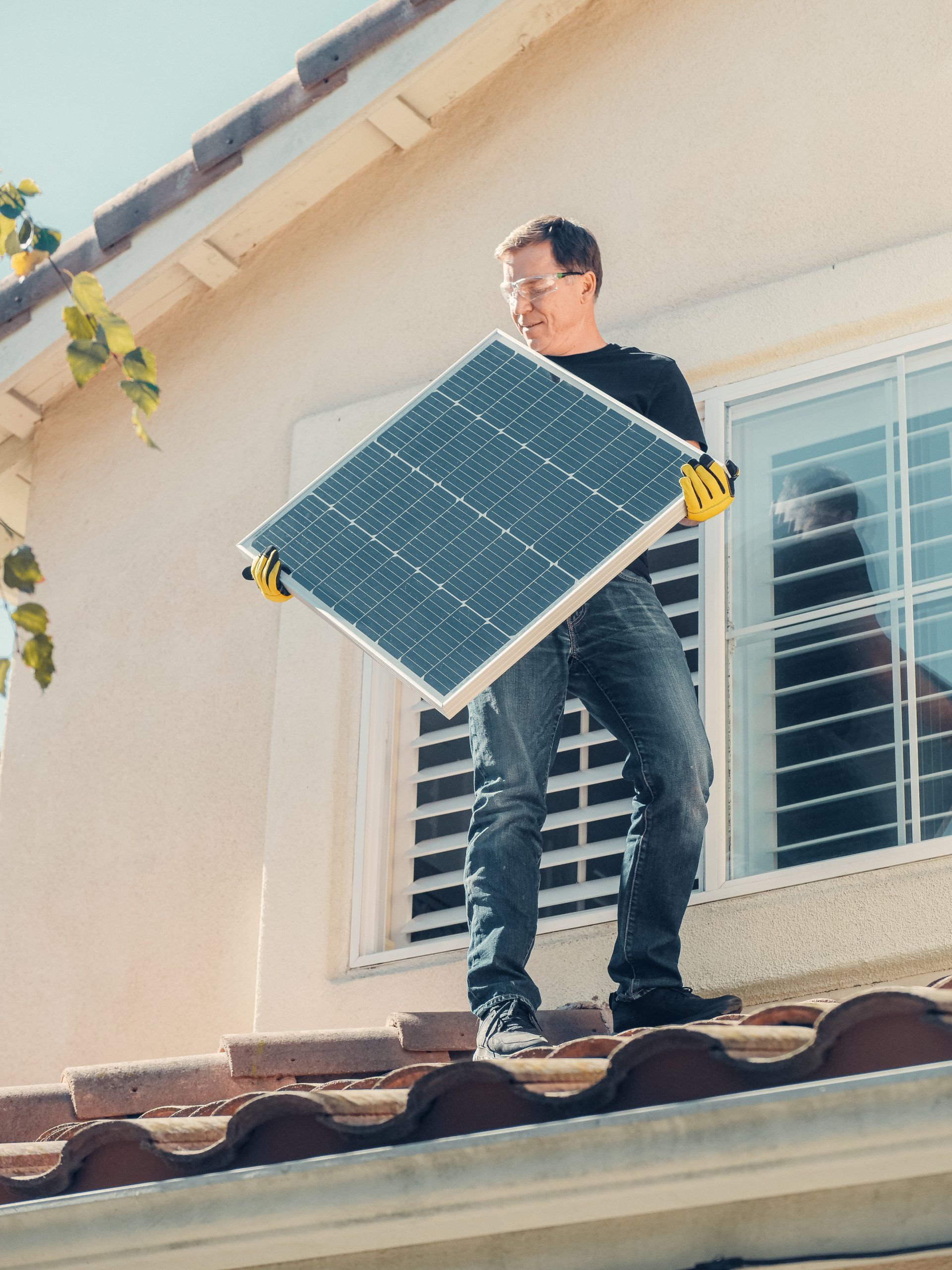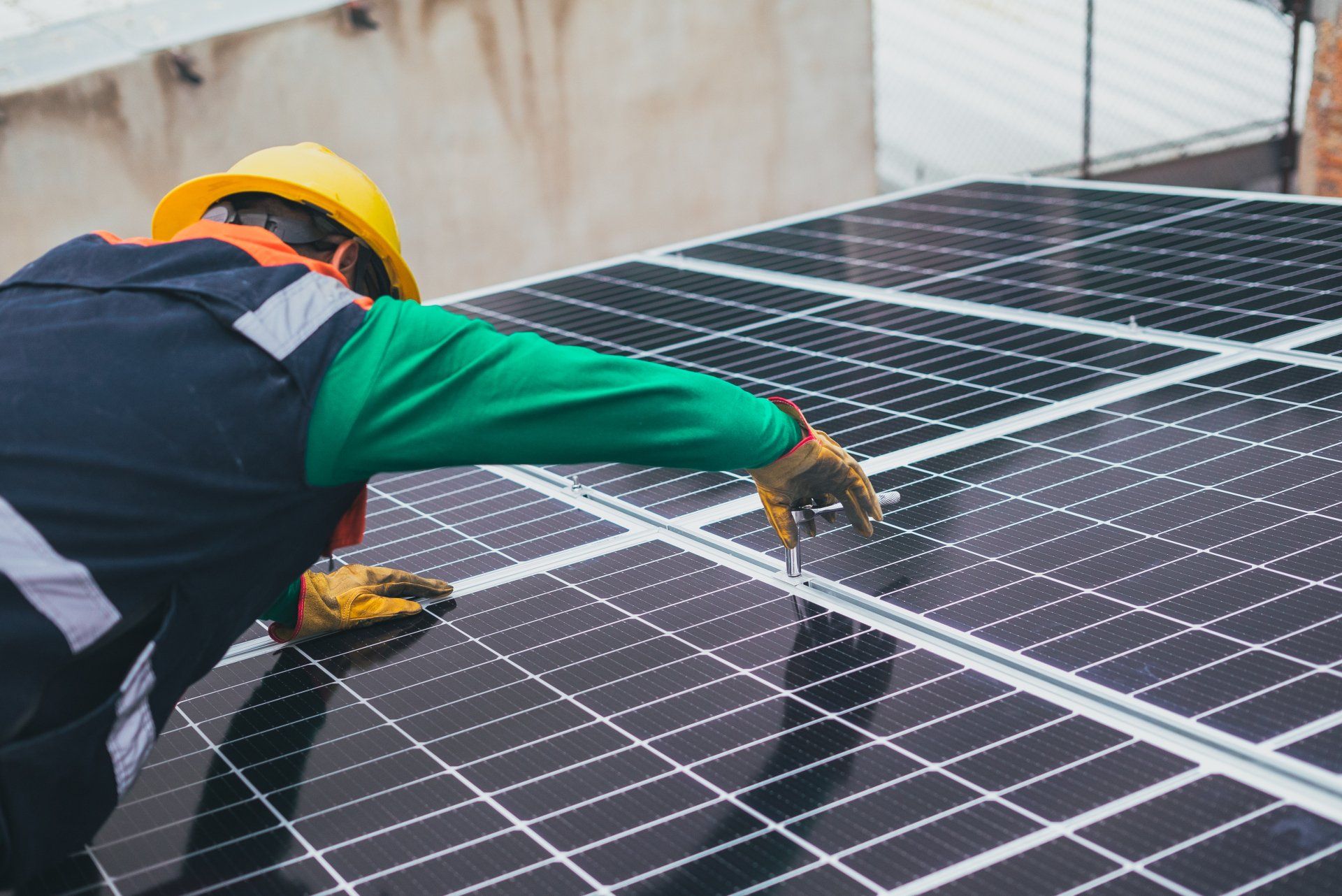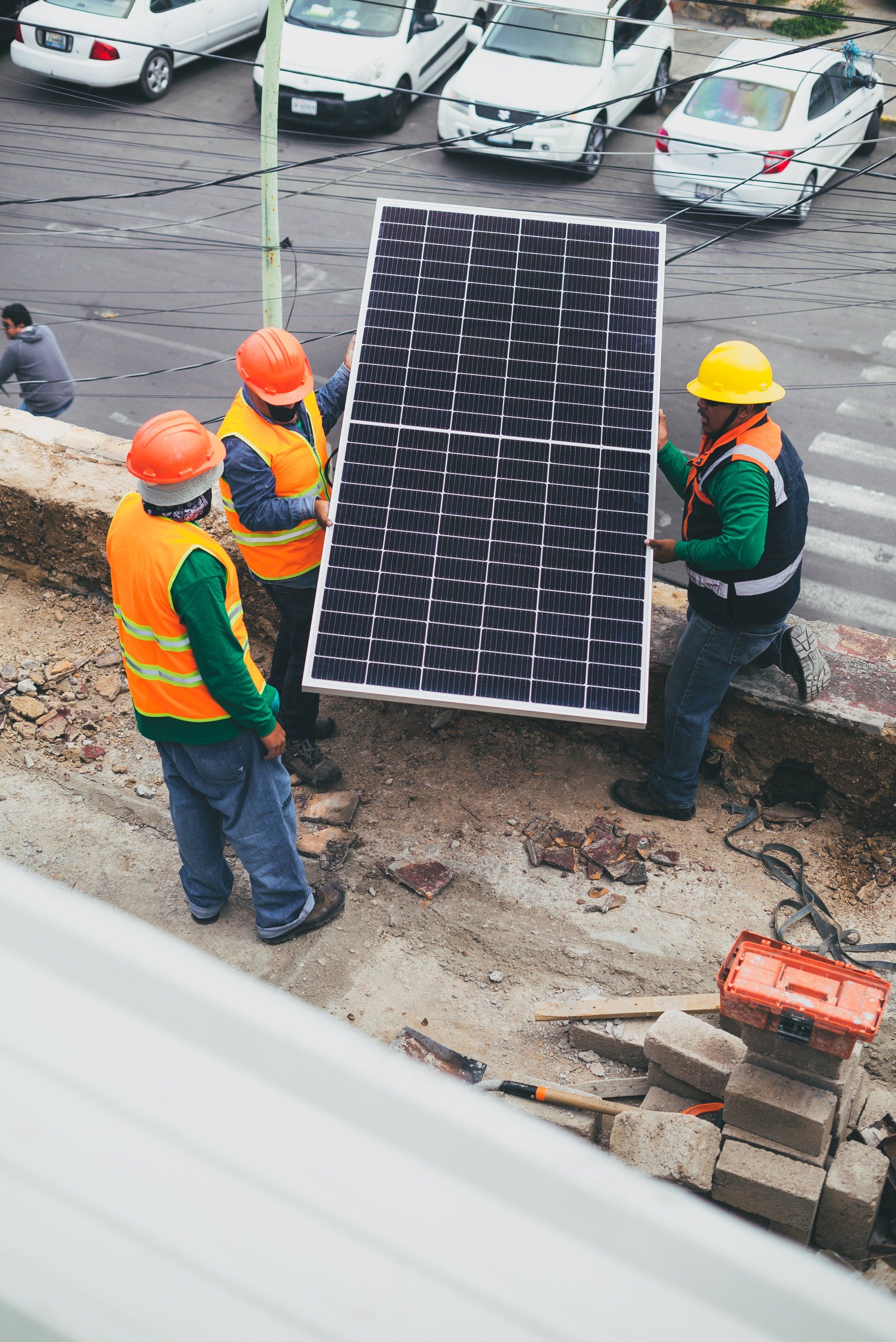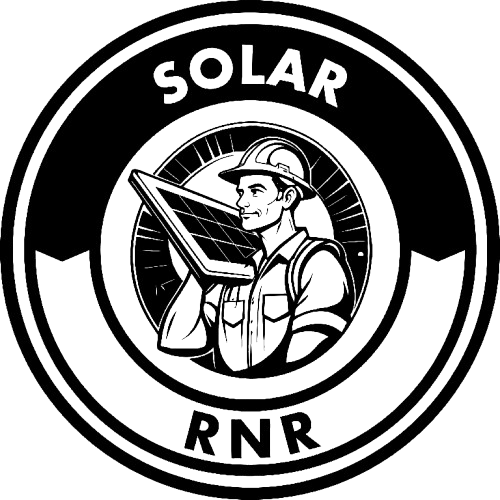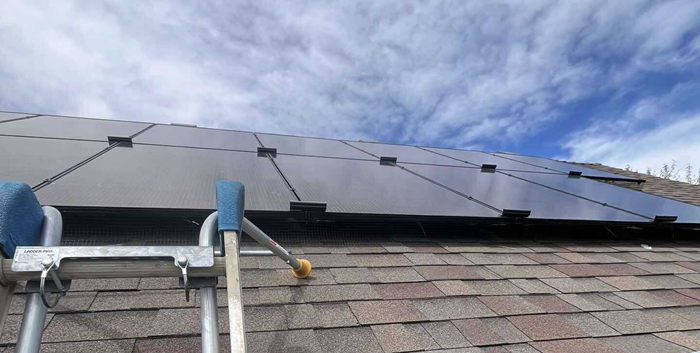Solar Detach and Reset Information
Signs Your Solar System Needs Maintenance (and What to Do About It)
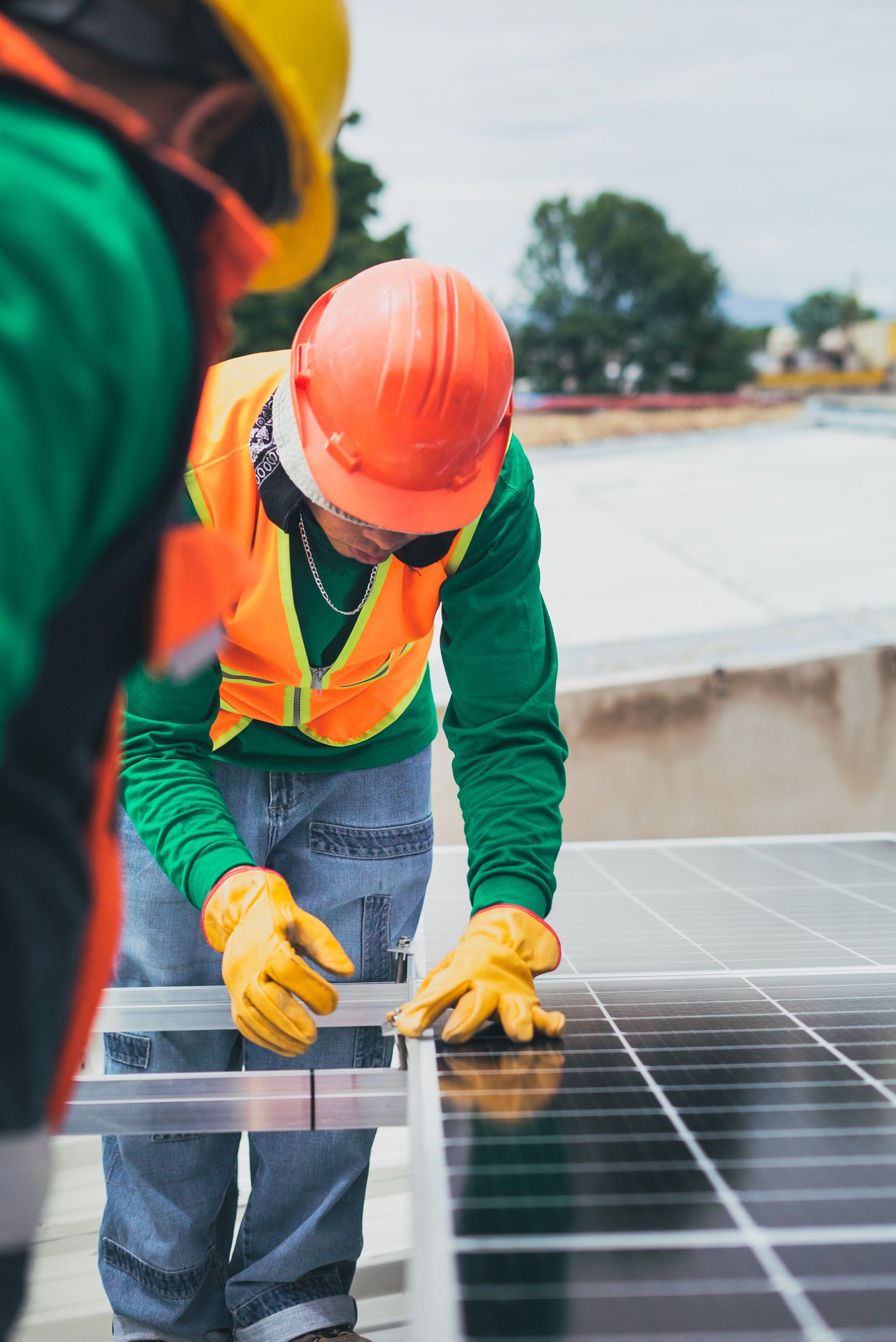
Solar energy is a long-term investment that pays off through lower energy bills, greater energy independence, and a smaller carbon footprint. But like any major home system, solar panels and their components require ongoing care. While solar panels are built to last 25–30 years, neglecting maintenance can shorten their lifespan and reduce efficiency.
The good news? Most issues with solar systems show clear warning signs before they become major problems. If you know what to look for, you can address small issues early and keep your solar array performing at its best. In this guide, we’ll walk you through the most common signs your solar system needs maintenance, what each one means, and the steps you should take to protect your investment.
Why Maintenance Matters
Solar systems are remarkably reliable, but they’re not immune to problems. Dust buildup, wiring damage, shading, or inverter issues can all reduce output. Left unchecked, these problems lead to:
- Lower electricity production
- Higher reliance on grid power (and bigger utility bills)
- Safety hazards such as electrical faults or fire risks
- Costly repairs or replacements
By catching early warning signs, you can prevent these issues and maximize the return on your solar investment.
Sign #1: A Sudden Drop in Energy Production
One of the clearest indicators that your solar system needs attention is a noticeable decrease in power output. If your system has a monitoring app, check it regularly. A sharp decline compared to previous days, weeks, or months can mean:
- Dirty or shaded panels: Dust, leaves, or bird droppings may be blocking sunlight.
- Electrical issues: Loose wiring, corroded connections, or inverter problems may be disrupting energy flow.
- Panel damage: Cracks or hotspots can reduce efficiency.
What to Do:
- Compare your current production with historical averages for the same season.
- Rule out cloudy weather or shorter daylight hours as the cause.
- If output is consistently lower, schedule a professional inspection.
Sign #2: Error Messages or Warning Lights on Your Inverter
The inverter is the brain of your solar system, converting direct current (DC) from panels into usable alternating current (AC) for your home. Most inverters have indicator lights or a display screen.
- Green light: Normal operation.
- Yellow/orange light: Warning — reduced performance.
- Red light: System fault or shutdown.
Error codes may appear on the display or in your monitoring app. These can point to issues with wiring, grid connection, or the inverter itself.
What to Do:
- Note the error code and check your user manual.
- If you see persistent red lights or repeated error codes, contact a professional technician immediately.
Sign #3: Visible Damage to Panels or Mounting Equipment
Because solar panels are exposed to the elements, they can develop physical damage over time. Signs to look for include:
- Cracks or chips in the glass surface.
- Discoloration or burn marks (hotspots).
- Loose or corroded frames and racking.
- Panels shifting or sagging due to loose mounts.
Hail, falling branches, or even wildlife can cause damage. Cracks not only reduce efficiency but can also allow moisture inside, leading to further electrical issues.
What to Do:
- Inspect panels visually from the ground or with binoculars.
- Never walk on panels to check for damage.
- If you notice cracks, misalignment, or corrosion, call a solar maintenance professional.
Sign #4: Unexpectedly High Electricity Bills
If your solar system isn’t producing enough power, your home will pull more electricity from the grid — and your utility bill will reflect it.
Compare your most recent bill with those from the same month in prior years. If your usage habits haven’t changed but your bill is much higher, your solar system may not be performing correctly.
Possible Causes:
- Dirt and debris reducing panel efficiency.
- Faulty inverter or wiring issues.
- Shading from newly grown trees.
- Damaged or disconnected panels.
What to Do:
- Review your monitoring app for production levels.
- If energy production is down but sunlight exposure hasn’t changed, it’s time for a maintenance check.
Sign #5: Strange Noises or Smells
Solar systems should operate silently. If you hear unusual sounds or smell something odd near your panels, inverter, or wiring, this could indicate:
- Loose connections causing electrical arcing.
- Buzzing or humming from a failing inverter.
- Burning smell from overheated components.
These signs should never be ignored — they may indicate a safety hazard.
What to Do:
- Shut off your system if you detect burning smells or sparks.
- Contact a licensed solar technician immediately for an inspection.
Sign #6: Shading or Tree Growth Over Panels
When your solar system was first installed, your panels were likely placed in the sunniest location. Over time, however, nearby trees may grow tall enough to cast shade on your array. Even a small amount of shading can significantly reduce energy production, especially on string inverter systems where one shaded panel affects the whole string.
What to Do:
- Regularly check your roof for new shading.
- Trim back branches and remove debris from gutters.
- If shading is significant, consult a solar professional about adding microinverters or optimizers to reduce shading losses.
Sign #7: Weather Damage After Storms
Severe weather events — hail, snow, windstorms, or wildfires — can all damage solar systems. After a major storm, inspect your panels for:
- Broken or cracked glass.
- Loose or shifted panels.
- Water pooling or leaks.
- Fallen debris like branches or hail dents.
Even if panels look fine from the ground, hidden wiring or inverter issues may still occur.
What to Do:
- Schedule a professional post-storm inspection.
- If damage is found, document it for insurance claims.
- Ask about detach and reset services if roof repairs are needed.
Preventive Steps to Keep Your System Healthy
Spotting signs of trouble is important, but preventing issues in the first place is even better. Here’s how:
- Annual professional inspection: Have a technician check wiring, inverters, and panel condition.
- Regular cleaning: Remove dust, pollen, and bird droppings.
- Monitor system output: Check your app weekly for unusual drops.
- Trim trees seasonally: Prevent shading and falling debris.
- Schedule post-storm checks: Don’t wait for problems to appear.
When to Call a Professional
Some minor issues, like light cleaning, can be handled by homeowners. But most solar system maintenance should be left to professionals. You should call an expert if:
- Your energy production drops by more than 10–15% without explanation.
- Your inverter shows red lights or persistent error codes.
- You see visible cracks or damage on panels.
- You smell burning or hear buzzing/humming.
- Your electricity bills are suddenly much higher.
Why Choose Solar RNR for Maintenance?
At Solar RNR, we don’t just install solar panels — we protect your investment with comprehensive maintenance services. Homeowners trust us because:
- We catch small issues early before they become costly problems.
- We handle everything safely — no climbing ladders or risking injury.
- We provide full inspections of panels, inverters, wiring, and racking.
- We offer seasonal maintenance packages to keep systems efficient year-round.
- We understand Colorado’s unique challenges like hail, snow, and wildfire dust.
With Solar RNR, you can enjoy peace of mind knowing your solar system is always working at its best.
Conclusion
Your solar system is designed to provide decades of clean energy — but only if it’s maintained properly. Knowing the signs of trouble, from drops in energy production to visible damage or error codes, will help you act quickly and avoid expensive repairs.
Don’t wait for small issues to become big problems. Schedule regular inspections and maintenance with professionals like Solar RNR to keep your system efficient, safe, and reliable for years to come.
